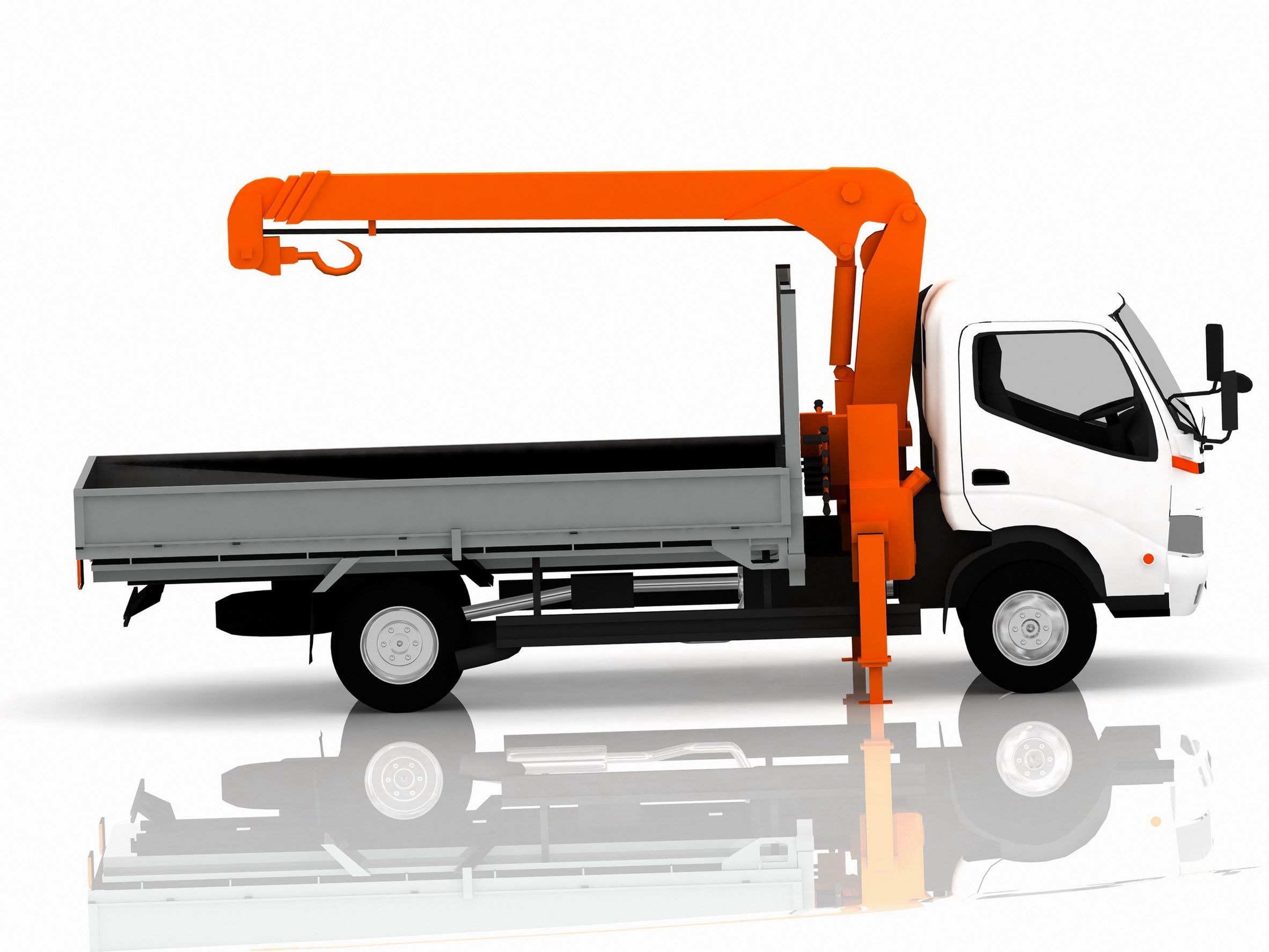Industrial activities have a purposeful use for an overhead traveling crane. Such cranes are designed to not get in the way of other work that is taking place. The cranes are also typically used for maintenance applications and manufacturing projects. Efficiency and zero downtime are critical considerations. They are extremely useful for transporting heavy loads from one location to the next. Without their presence, manufacturing might exist on a completely different level.
This crane is also referred as a bridge crane. It may also be regarded as a suspended crane. Either description, the crane is usually composed of the following parts: a bridge, host, runway, and a trolley.
Bridge
The bridge serves as the horizontal path upon which products are transported. Overhead traveling cranes may employ one or two overhead beams. For light handling loads, a single beam suffices. For heavy loads above 10 tons, the double beam is preferable.
Hoist and Trolley
This system is often comprised of a hook and line setup, and runs the entire length of the material handling equipment. It does exactly what its name implies. It hoists objects and transports them to their appointed destination.
Components
While the shape and color of an overhead crane may vary from one manufacture to the next, the metal and components of which cranes are constructed consist of steel, ropes, chains, and other various lifting parts. Traveling cranes may also have components that make them easier to move on the inside or outside. Regardless of their ability to be moved, they must still be properly installed. Their installation also calls for monitoring and maintenance by trained professionals.
With proper use and safety, an overhead traveling crane can help make the workplace more organized and less hazardous. Workers save time and energy. Workloads are handled and controlled more easily in enclosed spaces.
Choosing an Overhead Crane
This usually starts with an honest evaluation of one’s material handling needs. Choosing anything less could result in dangerous, inefficient, and costly mistakes. That is simply not something that companies can afford to handle.

